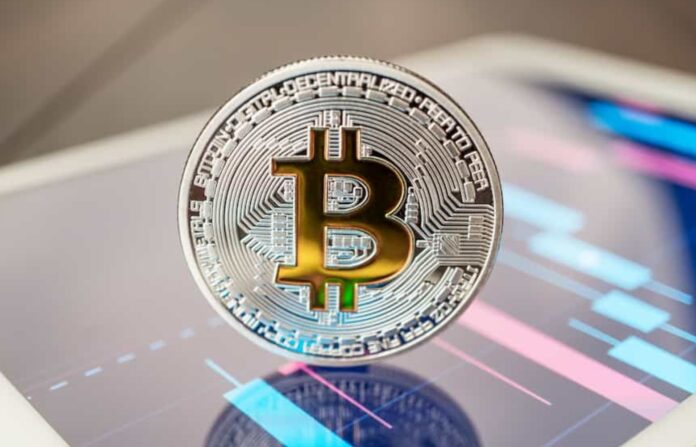Traditional currencies, like the US dollar and UK pound, are backed by a commodity like gold, and their prices are mostly determined by the basic rule of trading: supply and demand. Their value is somewhat imaginary since it was derived from the government’s statement that it actually holds worth and the two independent parties are ready to put their trust in that value. In layman terms, currencies have value because the government says so, and the participants in transactions believe them.
Cryptocurrencies, on the other hand, are not regulated by any authority, and exchange markets are free and open for everyone to trade. Supply varies from coin to coin, some have a fixed number of coins from the start, while others keep changing the quantity. This means that inflation is non-existent. Cryptos are not backed by any goods and yet their prices keep fluctuating all the time.
Therefore, how is the value of the cryptocurrency determined and how can we predict the future variations? Here are some possible factors that should be taken into account.
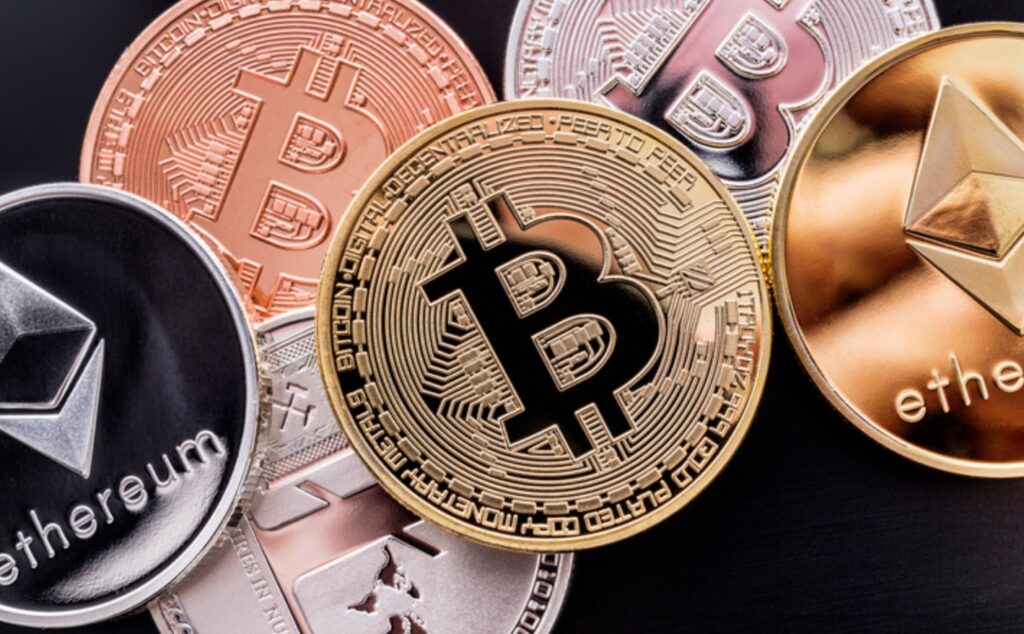
The new market
The cryptocurrency market is still considered to be in its infancy and many people are still not familiar with it beyond some basic terms. New markets are especially susceptible to extreme swings and major spikes and plunges. The liquidity of the cryptocurrency markets is very limited, particularly when compared to the traditional foreign currency exchanges. Daily trading volumes of cryptocurrencies are around $14 billion, while the total trading of forex is $5 trillion, which gives a perspective of how small the crypto market actually is.
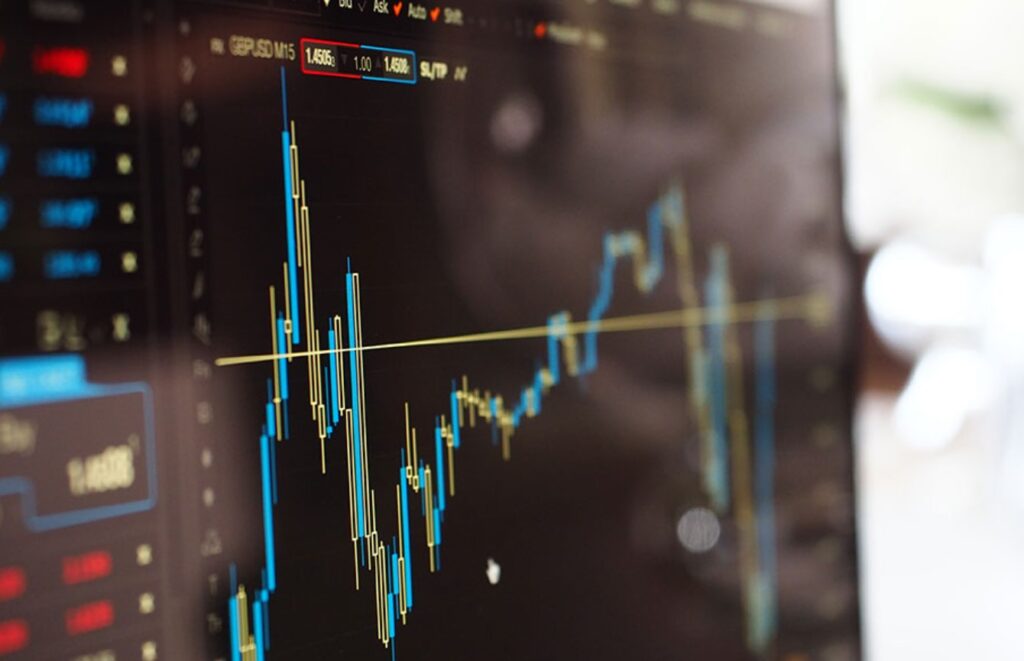
The number of users
Cryptocurrency exchanges reported an influx of 100,000 new users every day. All of them came to buy, sell or trade coins, which can cause huge changes on the market forcing the value of the cryptos to go up and down depending on whether new users are buying or selling the coins. Furthermore, the prices of cryptocurrencies are vulnerable to various cyber scams that can trick new users to buy non-existent coins, or buy the existing ones at a substantially high price. Imagine hundreds of thousands of people buying coins at the same time at a ridiculously high price; that process will for sure hike up the prices of other currencies and thus disturb the balance at the exchange.
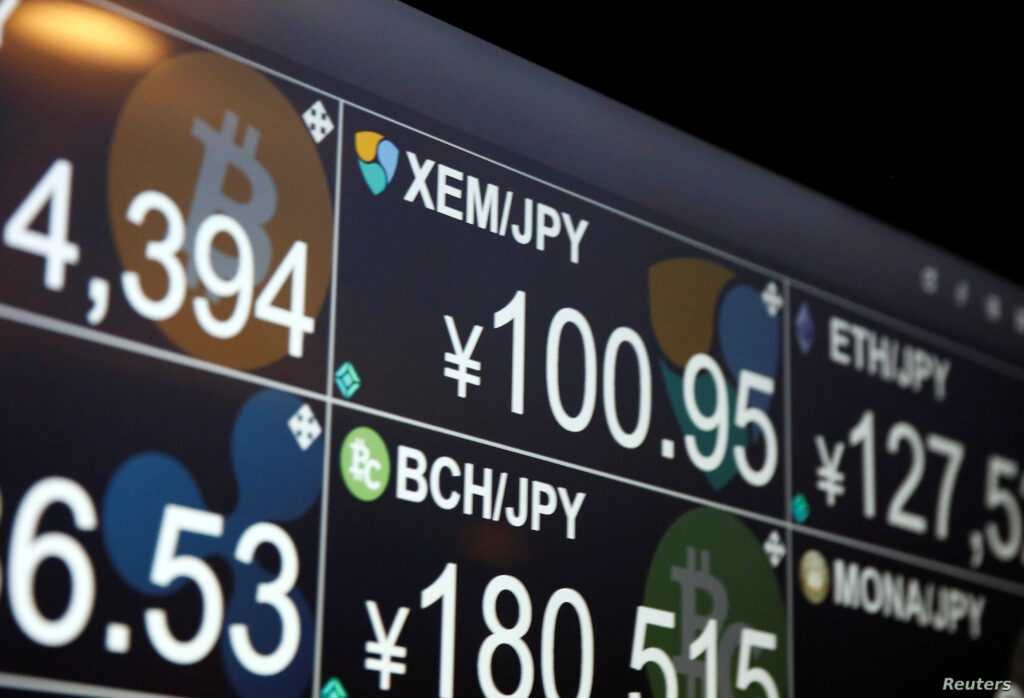
Supply & demand
Another Achilles heel of the open markets is the fact that all coins are susceptible to manipulation since the flow of the cryptocurrencies is controlled by the central exchange, thus stimulating their growth and leaving them to manage the values. Central exchanges also store massive amounts of coins, and if hacked, the whole markets could come crashing down.
Supply and demand are the basic principle of economics that equally applies to cryptocurrencies. If coins have a large supply with a small demand, the prices are going to fall. On the other hand, if the supply is scarce and the demand is on the rise, the value is going to grow. If we take Bitcoin for example – the supply of the coins is limited to $21 million, and the demand over the years has risen which hiked up the price as a consequence.
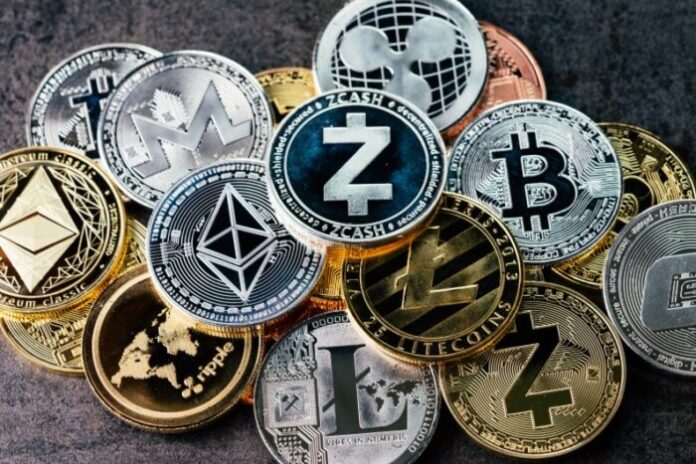
The media hype
The public image played a big role in how cryptocurrencies were, and still are, perceived. If the media coverage favors a certain product or coins in this case, that will positively influence the image of the cryptocurrencies, hence the prices are going to go up. Then again, if the public is not showing support for digital monies, the values are going to take a dive. Speculators are the key instrument that has the power to hype up the public over some new technology or to destroy it without regard, only by influencing the image of the product or service.
Recently more and more retail stores and mid-size enterprises started accepting cryptocurrencies as a form of payment. This increased the usefulness of the coins which, in return, automatically boosted the values. At the same time, mining cryptocurrencies became increasingly difficult creating a very limited supply of new coins. As a result of these processes, the prices of the coins went through the roof.
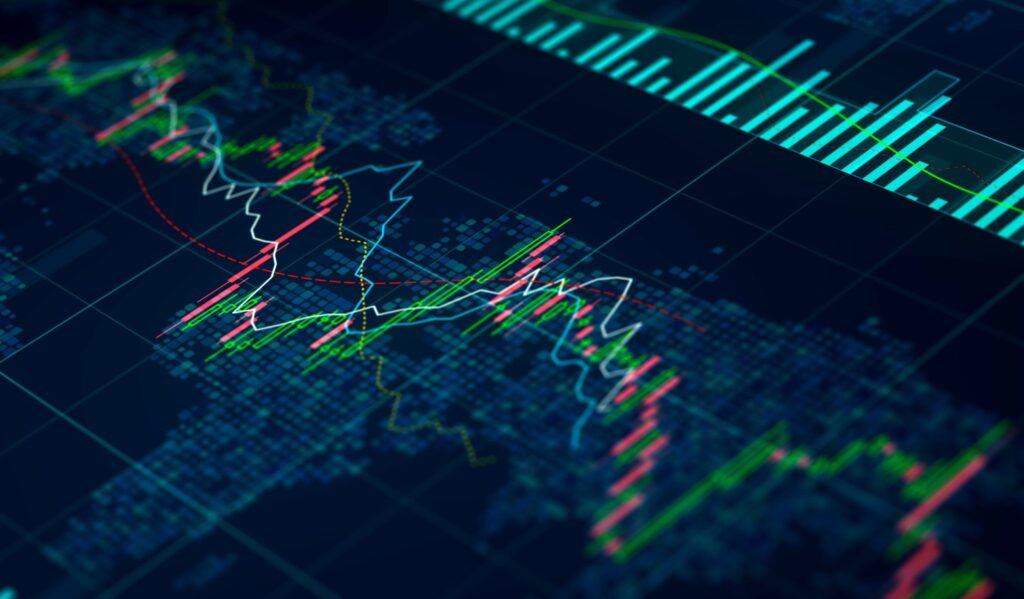
Predicted prices
Predicting the movements of the free and open market is very ungrateful. Market exchanges are notoriously unstable, but still, we’ve seen some peculiar correlations in the recent months – like the one between prices of the gold and Bitcoin. Since July of 2024, gold and Bitcoin value has increased simultaneously. Speculators created a theory that this is probably due to the USD taking a dip and people started investing in steadier goods. As an answer to higher demand, prices started to increase.
All things considered; can we really make a reasonable prediction of the future value of cryptocurrencies? Some great minds and entrepreneurs on the Wall St. have tried. Forecasts like Bitcoin hitting the $1 million mark are really out there, and no one took them seriously. Others were far more pessimistic saying that the prices are going to take free fall ultimately bringing cryptocurrencies to their knees and thus supporting the claim that no currency can survive on the market without being backed up by some sort of tangibles.
Let’s stay with some more realistic ones that say that Bitcoin will hit the $14,000 mark by the end of 2024. This is based on the fact that more investors started purchasing the coin without any intent to sell or trade. The ones who previously bought the coins are also holding it. This occurrence shrunk the supply of the coin on the market, hiking up the price. Coins have recovered in record time after taking the plunge back in March of this year, and this increased the trust in digital currencies. Learn more about the future forecasts at analitica.com.
Every forecast should be taken with a certain dose of doubt. However, if you carefully keep an eye on the market’s movements and consider all the above things, one might be able to see where the price is going to go. Eventually, some regulations would have to be imposed on the open markets in order to minimize the see-sawing of the prices.

